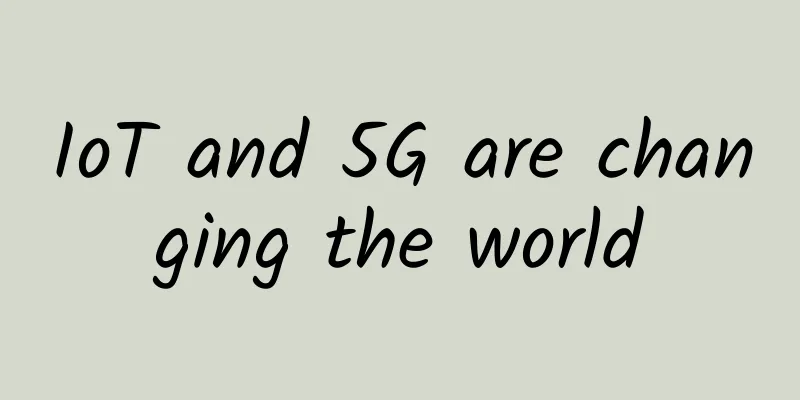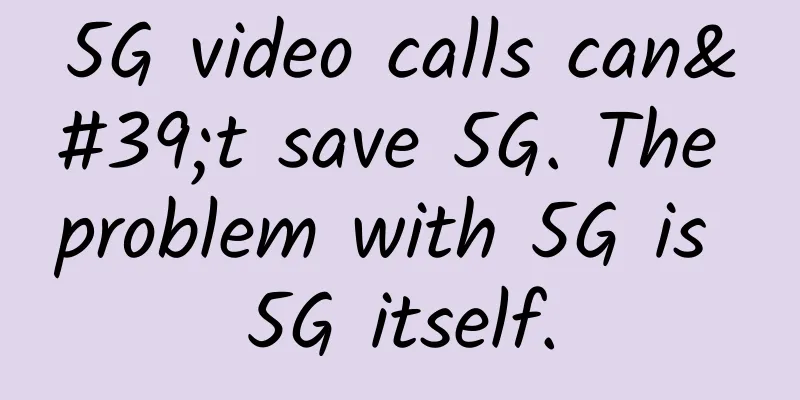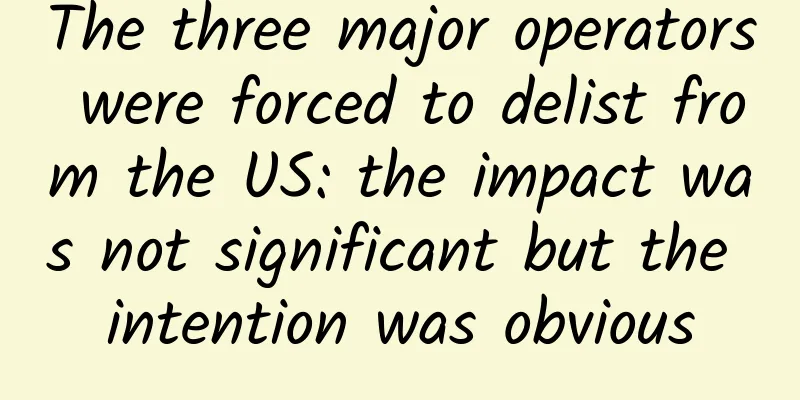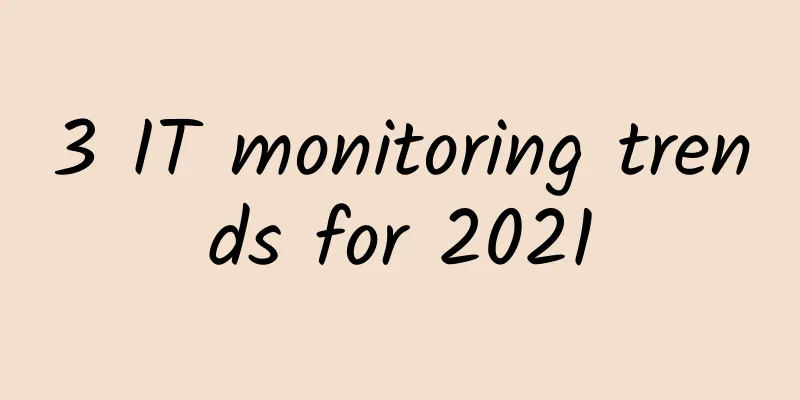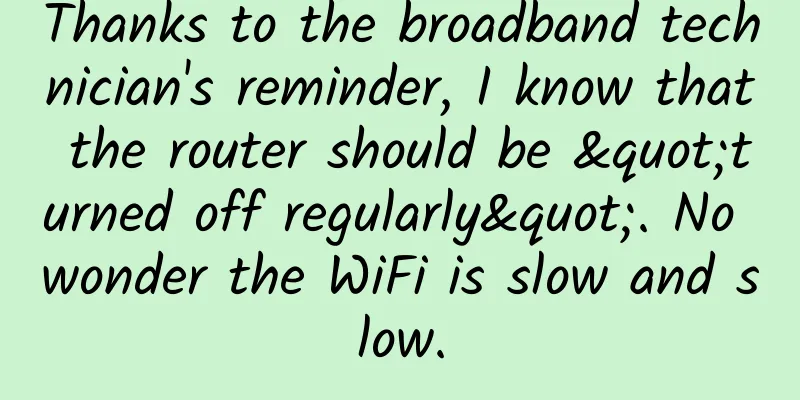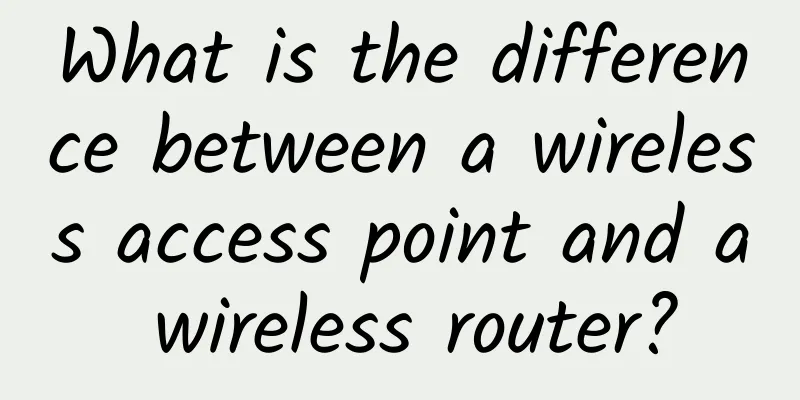LTE vs. 5G: What’s the difference?
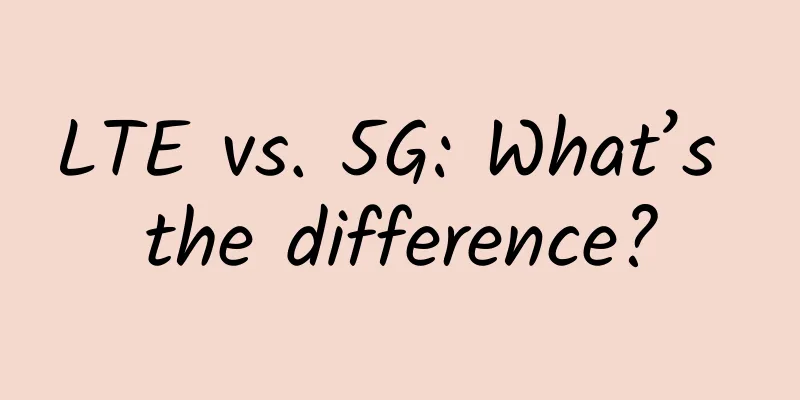
|
For years, it seemed like the hype about 5G would never end, but now most major cities have it. It's also rolling out in towns and rural areas around the world, and will soon be as widely used as the previous 4G standard. However, it is still in its infancy, and many of us are still relying on Long Term Evolution (LTE) technology. LTE is a wireless communication standard that was first launched in 2009. Like 5G, it took years for LTE to become part of the national interconnection fabric. Now only a few areas in the UK and other developed countries are without LTE services. What’s more, LTE has proven to be reliable and stable enough to force many people to question whether they need to make the switch to 5G.
What is the difference between 4G LTE and 5G?The LTE standard, designed by the International Telegraph Union Radiocommunications (ITU-R) regulatory body, marks a move toward 4G speeds, in part because much of the infrastructure laid out by telecom companies doesn't meet the threshold needed to be labeled 4G. Theoretically, 4G LTE can reach download speeds of up to 150Mbps and upload speeds of 50Mbps. These numbers will vary depending on location, deployment, and number of users. Taking these factors into account, they roughly translate to actual download speeds of 20Mbps and upload speeds of 10Mbps. As the fifth generation of mobile connectivity, 5G offers theoretical top speeds of up to 10Gbps. Even at more realistic speeds, 5G definitely outperforms 4G LTE, and we recently tested Vodafone's 5G network, with average download speeds between 100Mbps and 150Mbps. 5G does this by using a different spectrum than 4G, specifically the high-frequency millimeter wave bands, which support more bandwidth and therefore can carry more data than the lower-frequency bands used by LTE. 5G can also use spectrum below 6GHz but above low-band frequencies, but these won’t be able to support the top speeds promised by 5G. However, those speeds will still outperform LTE, and “sub-6” may even enhance 5G’s coverage, since millimeter-wave frequencies can be hampered by walls and other obstacles. In short, 5G uses a different spectrum suite than 4G LTE, enabling it to offer better connection speeds, more capacity to handle higher traffic volumes, and latency as low as 1 millisecond. However, it's still early days for the 5G rollout. Coverage is still fairly limited, and there's still a lot of work to be done before networks like EE, Three and Vodafone start to deliver on the upper tiers that 5G promises.
Should you choose LTE or 5G?While 5G’s speeds might make you wonder why we’re even comparing the two, the answer to that question really depends on your location, budget, and whether you’re using it for business or personal needs. As more countries expand their 5G infrastructure, we're seeing more 5G-enabled hardware options appear on the market, so you'll want to investigate what's available in your country and whether they fit your needs and price range. One of the best 5G devices on the market is the Samsung Galaxy S21 Ultra, which, like the Galaxy S20 Ultra, doesn’t come in a 4G version. Retailing at £1,149, it’s definitely on the more expensive end of the spectrum, but you can get it “new” on EE with an Ultra Energy Efficient 4GB plan for £50/month or at the other end of the spectrum for £74/month with 100GB. One of the most affordable options is the Oppo A54, which costs £220, but this device offers more storage (just 64GB) and a better macro camera. The growth of 5G-enabled devices over the past few years has increased competition and has begun to drive down prices, but it may be too early to adopt 5G over LTE. As competition intensifies further, more attractive services, plans, and storage options will undoubtedly emerge. As 5G coverage expands, you can also connect more consistently to mmWave-based networks to achieve the high-speed 5G promise without interruptions. So, in summary, unless you or your business has a lot of money to burn and don't want to wait for overall coverage, prices, and packages to improve, it's best to wait and see what the future brings for 5G. With rapid developments and price drops since 2019, you may not have to wait too long. However, if you are a business that relies heavily on connected sensors and IoT-like networks, the bandwidth and low latency of 5G cannot be ignored. 5G has long been touted as a communications technology that will enable driverless cars to navigate easily and businesses to deploy large networks of smart sensors and devices in ever-innovative ways. We’ve already seen demonstrations of 5G connectivity and 5G-connected cameras being able to provide 4K resolution video of salmon at offshore fish farms for high-fidelity real-time monitoring. Health issuesMobile phones have always raised health concerns, but arguably, not many networks have gained as much notoriety as 5G. In October 2019, Brighton and Hove City Council joined Glastonbury, Frome and Totnes in banning the installation of new 5G masts. Opposition to 5G is not just in the UK, but part of a larger trend of distrust (and misinformation). Two years ago, 180 scientists from 36 countries publicly called on the EU to impose a moratorium on the expansion of 5G until a fuller investigation into its effects on human health could be carried out. So, what’s wrong with 5G?Both 4G and 5G use "radio waves," but the main difference is that 5G uses higher-frequency waves than 4G. Higher-frequency waves provide better network capacity and speed. However, studies on 5G-related health risks have failed to find any specific, real 5G dangers. The Future of LTE and 5GAs mentioned earlier, the future of 5G is all about its expanded deployment and the introduction of more 5G-enabled devices; Qualcomm noted at IFA 2019 in Berlin that it will push its 5G modem technology to mid- and low-end chips, paving the way for device manufacturers to integrate 5G connectivity into affordable hardware. 5G’s potential to enhance existing technologies and lead to more innovative connected systems and potentially society-changing machines, such as self-driving cars, will only grow. In the meantime, LTE will continue to exist and be supported, although it is likely that telecoms companies will eventually switch off 4G LTE networks over time, just as the UK is currently phasing out 2G. Until 6G comes along, 5G is the future of telecommunications. But for most people, now may not be the best time to jump on the 5G bandwagon. |
<<: F5: How does edge computing change the digital banking experience?
Recommend
How to manage millions of devices in the era of IoT? Look for Wind River DLM!
[51CTO.com original article] On August 22, the &q...
Liu Liehong from the Ministry of Industry and Information Technology: my country's 5G base stations account for more than 70% of the world's total
On May 26, the 2021 China International Big Data ...
iWebFusion: Dedicated server starting at $57/month/5 data centers available, 10Gbps server starting at $149/month
iWebFusion (iWFHosting) has been shared many time...
Mobile phone verification codes have become the scapegoat for cybercrime. Let me speak up for telecom operators!
[[347439]] It should be pointed out that this is ...
The "highest academic degree dialogue" in the history of Huawei Cloud City Summit, doctors in four major fields talked about how to make scientific research benefit society
With the popularization of emerging technologies ...
China Telecom and Huawei establish a joint business innovation center to achieve win-win business through innovative cooperation models
China Telecom and Huawei jointly announced the es...
Spiderpool: How to solve the problem of zombie IP recycling
In the Underlay network, how to recycle zombie IP...
SDN changes data center architecture
Software-defined networking (SDN) is seen as havi...
Virtono has a limited time 50% discount, Dallas/Romania KVM annual payment starts from 7.47 euros
Virtono has released a limited-time 50% discount ...
Liu Yulin from the Ministry of Industry and Information Technology: Gigabit optical network is the supporting base of new infrastructure
On March 29, at the "Gigabit Optical Network...
The US launches a five-year plan to replace copper with fiber to build 10Gbps fiber networks
Although the G.Fast technology based on copper te...
RAKsmart: Bare Metal Cloud in the US/Hong Kong/Japan $49/month - E5-2620, 32G RAM, 1TB HDD, 50-100M Bandwidth
RAKsmart is a hosting company founded by overseas...
5 Network Troubleshooting Software, Which One Do You Use?
By using a handy network troubleshooting app, you...
Kuroit: £5/month-dual-core/4GB/50G NVMe/3TB/Singapore & Los Angeles data centers
Kuroit is offering a special promotion for VPS in...
Prospects and challenges of 5G messaging development
With the rapid development and popularization of ...

